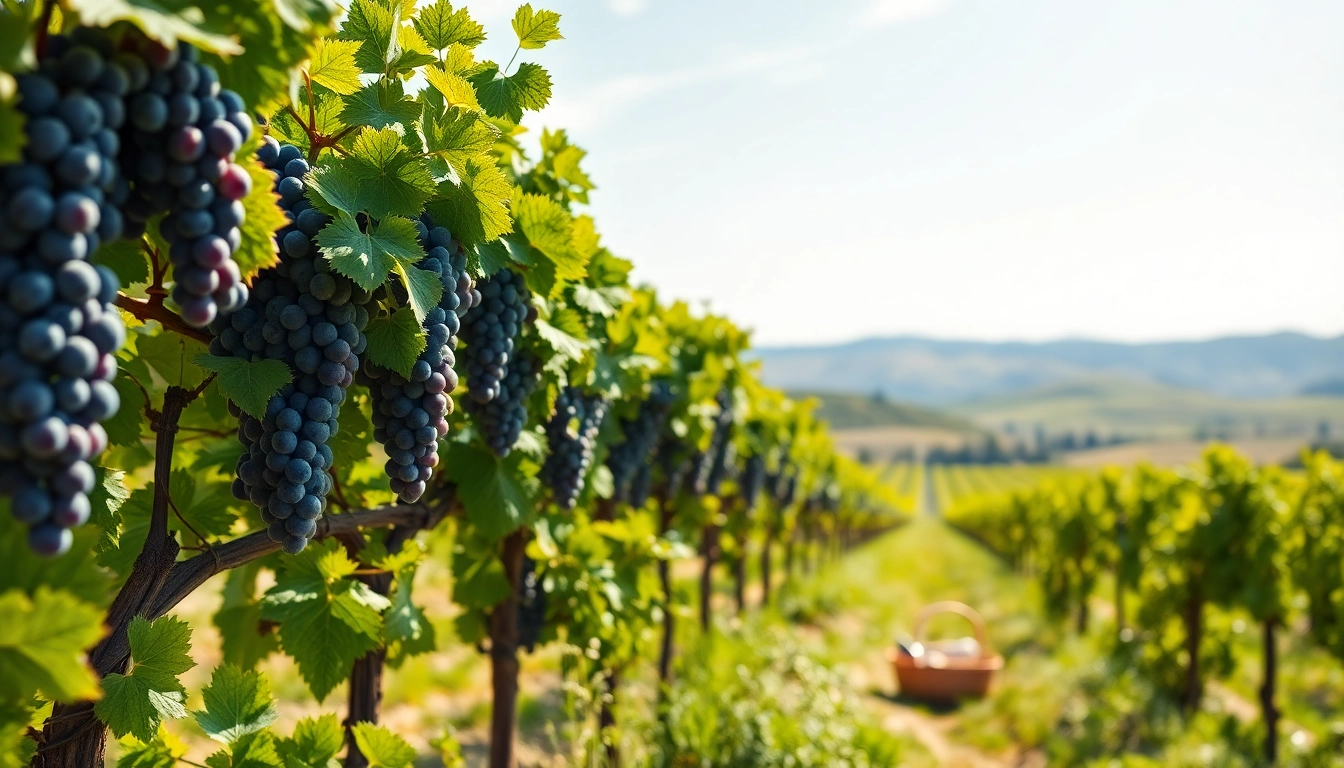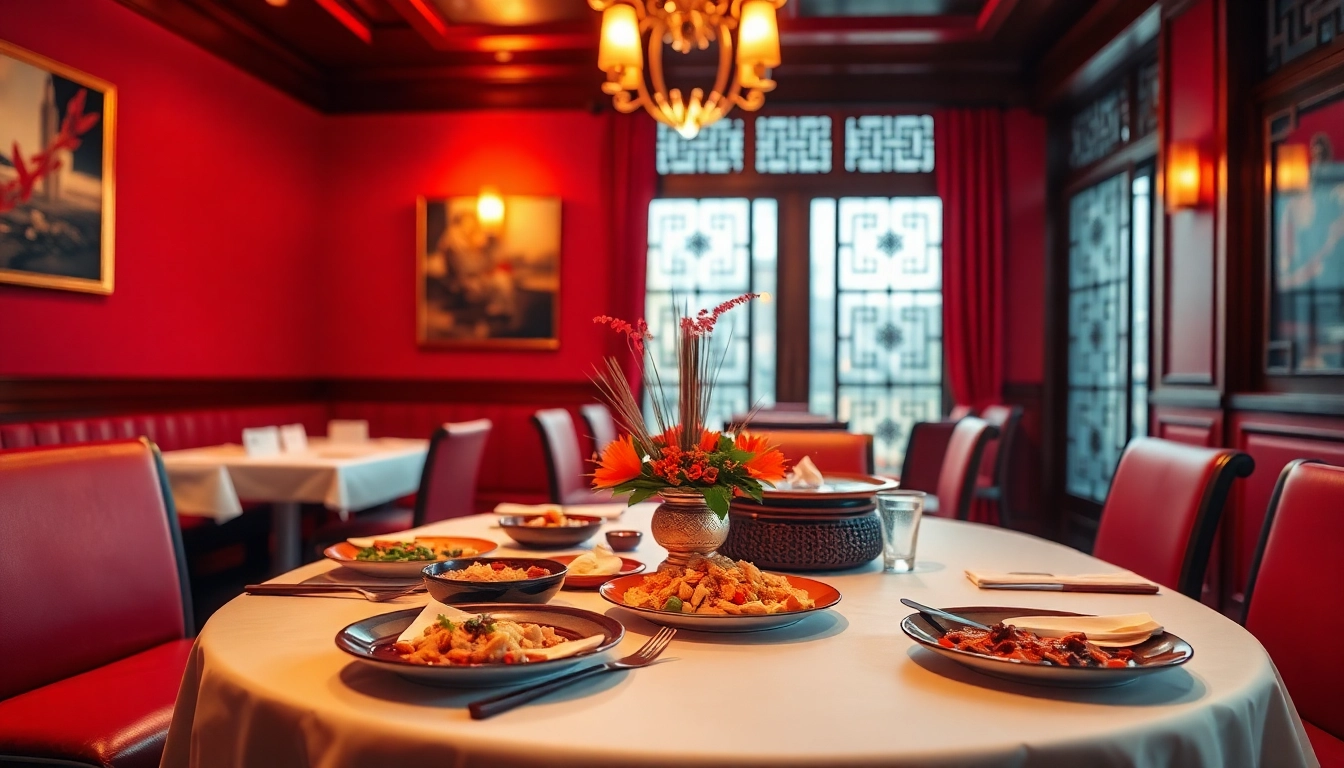Understanding Sacramento Wineries
The Sacramento Wineries region is a burgeoning scene in the world of wine production, known for its rich history, diverse ranges of wine varietals, and the unique influences of its terroir. In a state celebrated for its wine, Sacramento is carving out its niche, attracting attention from connoisseurs and casual drinkers alike.
What Defines Sacramento Wineries?
When we talk about Sacramento wineries, we refer not just to the places where wine is produced but also to the culture surrounding it. The wineries here are often characterized by their community-focused approaches, inviting tasting rooms, and host of events that appeal to a wide range of visitors—from seasoned sommeliers to first-time tasters.
The Sacramento wine region is unique in that it encapsulates a variety of growing environments, which contribute to an array of wine styles. While the popular varietals like Cabernet Sauvignon and Chardonnay are cultivated here, you’ll also encounter less common options that showcase the region’s versatility.
A Brief History of Wine in Sacramento
The history of wine in Sacramento truly began in the mid-19th century during the California Gold Rush, when immigrants brought vines and winemaking techniques to the region. The warm Mediterranean climate and rich soil fostered grape growth, leading to the establishment of the first commercial wineries. As the years passed, Sacramento became known as the “Farm to Fork Capital,” a nod to the region’s strong agricultural roots, including its vineyards.
Despite facing challenges like Prohibition, which shuttered many establishments, Sacramento’s wine industry has seen a renaissance in the last few decades. Today, the region boasts over 200 wineries, showcasing both historic vineyards and innovative newcomers redefining what Sacramento wine can be.
The Unique Terroir of Sacramento
The uniqueness of Sacramento’s terroir is a key factor in its wine production. The city is positioned at the confluence of the Sacramento and American Rivers, which moderates temperatures and creates a microclimate favorable for viticulture. The Sacramento Valley’s alluvial soils are rich and fertile, allowing grape varieties to thrive.
Beyond the physical characteristics of the land, the cultural terroir plays an equally important role. Sacramento’s winemakers often emphasize sustainable practices that honor the environment, reflecting community values in their wines.
Types of Wineries You Can Find
In exploring Sacramento wineries, you’ll discover a plethora of experiences tailored to different preferences, budgets, and tastes. Classifying these wineries can help potential visitors understand what to expect and tailor their visits accordingly.
Family-Owned vs. Corporate Wineries
The landscape of Sacramento wineries is filled with family-owned operations that pride themselves on personalized service and unique wine offerings. These small, intimate wineries often highlight their family history and embed personal stories into their wines, fostering deep connections with consumers.
In contrast, corporate wineries can deliver a more standardized experience but often have the resources to invest in technology, marketing, and broader distribution networks. These wineries may leverage economies of scale, thus providing a wider range of wines at various price points.
Ultimately, whether you’re indulging in boutique batches at a family-owned winery or exploring larger selections at corporate establishments, both types offer unique appeals to anthologists of wine culture.
Organic and Sustainable Practices in Sacramento Wineries
Increasingly, Sacramento wineries are adopting organic and sustainable practices in response to consumer demand for eco-friendly products. Organic wines are made from grapes grown without synthetic pesticides or fertilizers, focusing instead on natural farming techniques.
Sustainable practices often extend beyond vineyard management to include water conservation, waste reduction, and creating energy-efficient operations. Many wineries also participate in local biodiversity initiatives, partnering with environmental organizations to protect surrounding landscapes.
These conscious efforts not only garner respect from environmentally-minded consumers but also contribute to producing cleaner, more expressive wines that reflect the true character of the grapes and terroir.
Various Wine Varietals Produced Locally
Sacramento’s diverse ecosystem allows winemakers to produce a broad spectrum of wine varietals. You’ll find familiar favorites such as Zinfandel, Pinot Noir, and Sauvignon Blanc but also a growing selection of lesser-known varietals such as Vermentino and Grenache.
The adaptability of the vines in the Sacramento climate means that winemakers are experimenting with blends and innovative techniques, crafting wines that highlight the region’s richness. Exploring local varietals is a delightful journey that reveals the depth and potential of the Sacramento wine scene.
Experiences and Offerings
A visit to any of the Sacramento Wineries is more than just wine tasting; it’s an experiential journey that offers something for everyone.
Wine Tastings: What to Expect
Wine tastings at Sacramento wineries often feature curated selections, where visitors can sample various wines and learn about each varietal’s unique characteristics. Expect a knowledgeable staff to guide you through your tasting experience, often pairing wines with local cheeses or artisanal bites to enhance flavors.
Many wineries also provide educational components to their tastings, elaborating on vineyard practices, history, and the winemaking process. Whether in a formal tasting room or amidst the vines, these experiences offer a fantastic way to grow your appreciation for wine.
Events and Festivals Celebrating Sacramento Wineries
Throughout the year, Sacramento hosts numerous wine events and festivals that celebrate the local wine culture. These gatherings provide excellent opportunities to meet winemakers, sample new releases, and enjoy live entertainment.
Events may include seasonal harvest festivals, wine and food pairings, or educational seminars that delve deeper into the art of viticulture. Participating in these events not only enriches your knowledge of wine but also fosters a sense of community among enthusiasts and producers.
Winery Tours: Behind the Scenes
For those interested in a more hands-on experience, many Sacramento wineries offer tours that take you behind the scenes of the winemaking process. During a winery tour, visitors can explore the vineyards, fermentation rooms, barrel aging facilities, and even meet the winemakers.
These tours often conclude with exclusive tastings of wines straight from the barrel or prior to bottling, providing rare insights into the winemaking journey. It’s an enriching experience that deepens your connection with the local wine industry.
Planning Your Visit
Visiting Sacramento wineries can be an exciting adventure with proper planning. To make the most of your experience, consider these essential tips and insights.
Best Times to Visit Sacramento Wineries
The ideal time to explore Sacramento wineries is during the spring and fall months. Spring witnesses vibrant floral growth and the budding of vines, while fall showcases the beautiful autumn foliage and grape harvest. These seasons also tend to feature a variety of events tailored to wine enthusiasts.
Summer can be quite hot, but it attracts visitors looking to enjoy outdoor tastings with stunning views. Likewise, winter offers a quieter experience with fewer crowds, providing an intimate atmosphere for tasting sessions.
Transportation Options for Wine Lovers
Navigating between wineries can enhance your experience, especially if you plan on tasting multiple selections. Various transportation options are available, including ride-sharing services, shuttles, or private tours that can take the worry out of logistics.
For the more adventurous, renting bicycles can provide a fun and environmentally friendly way to explore local wineries, along with scenic views of the countryside.
Helpful Tips for First-Time Visitors
If you’re a first-time visitor to Sacramento wineries, here are a few tips to maximize your enjoyment:
- Make Reservations: Popular wineries can fill up quickly, especially during peak seasons. Making a reservation ensures you secure a spot for tastings and any tours you wish to join.
- Plan Your Route: Due to the locations of various wineries, planning your route ahead of time can help save time and energy. Group together wineries that are close to maximize your visit.
- Stay Hydrated and Snack: Wine tasting is an enjoyable experience, but it can also lead to dehydration. Drinking water between tastings and having light snacks will help maintain your energy levels.
Supporting Local Wineries and the Economy
Visiting and supporting Sacramento wineries extends beyond the joy of wine tasting; it plays a pivotal role in strengthening the local economy and heritage. Understanding this impact can enhance your appreciation of each bottle you enjoy.
The Economic Impact of Sacramento Wineries
The economic contributions of Sacramento wineries are significant. These establishments provide jobs for local residents, foster tourism, and contribute to the overall economic health of the region. The ripple effects of the industry can be seen in surrounding businesses such as restaurants, hotels, and specialty food producers that benefit from increased foot traffic.
Furthermore, wineries actively engage in community initiatives that support local charities, making them invaluable community partners.
Supporting Local Artisans and Producers
Many Sacramento wineries prioritize sourcing ingredients locally, collaborating with local artisans, cheese makers, and eateries for their tasting menus or events. This not only enriches the visitor experience but also helps circulate funds within the community.
By embracing local partnerships, wineries foster a culture of collaboration, celebrating the diverse talents within the Sacramento area, which ultimately enhances the quality and experience surrounding their wines.
Wine as a Community Connector in Sacramento
The communal aspect of wine culture in Sacramento cannot be understated. Wineries often serve as gathering places for locals, providing an environment where friends and family can come together. They host educational workshops, culinary events, and live music, making them vibrant hubs for interaction.
Furthermore, the appreciation of local wines creates a strong connection among residents, as they take pride in the unique products originating from their region. This shared experience fosters a sense of belonging and community spirit.

